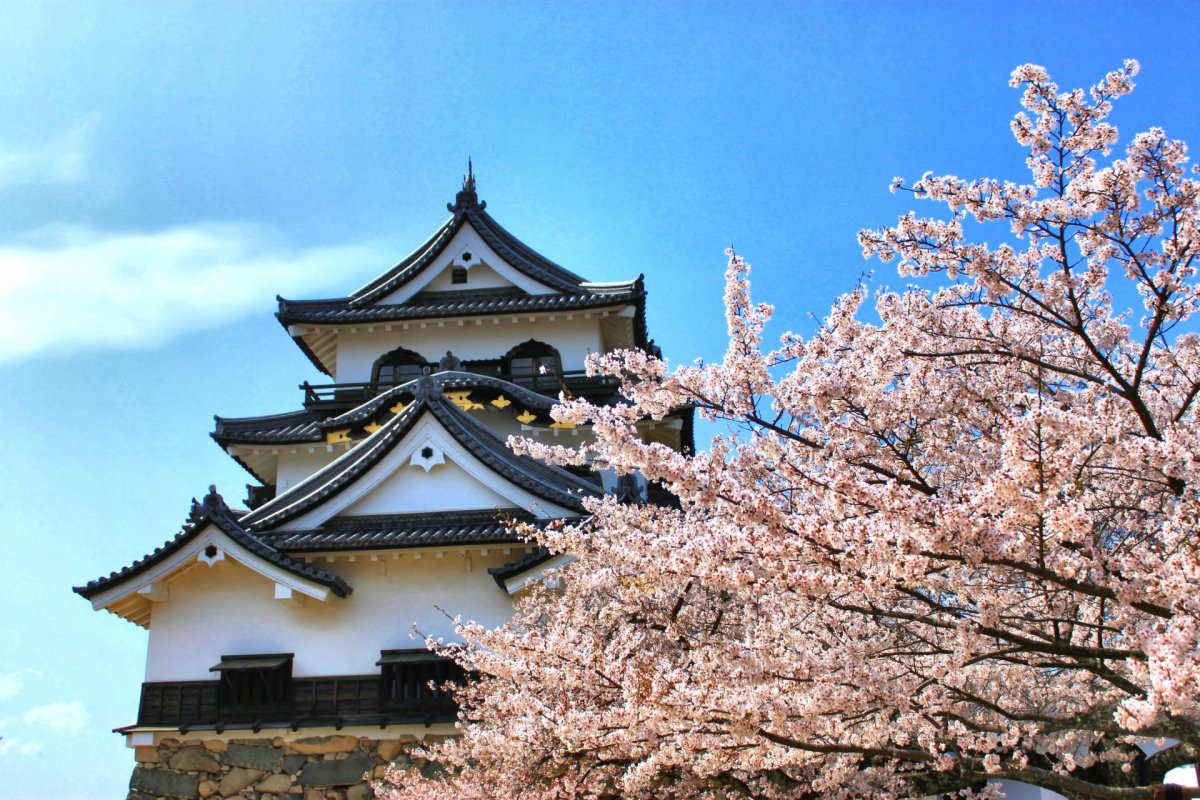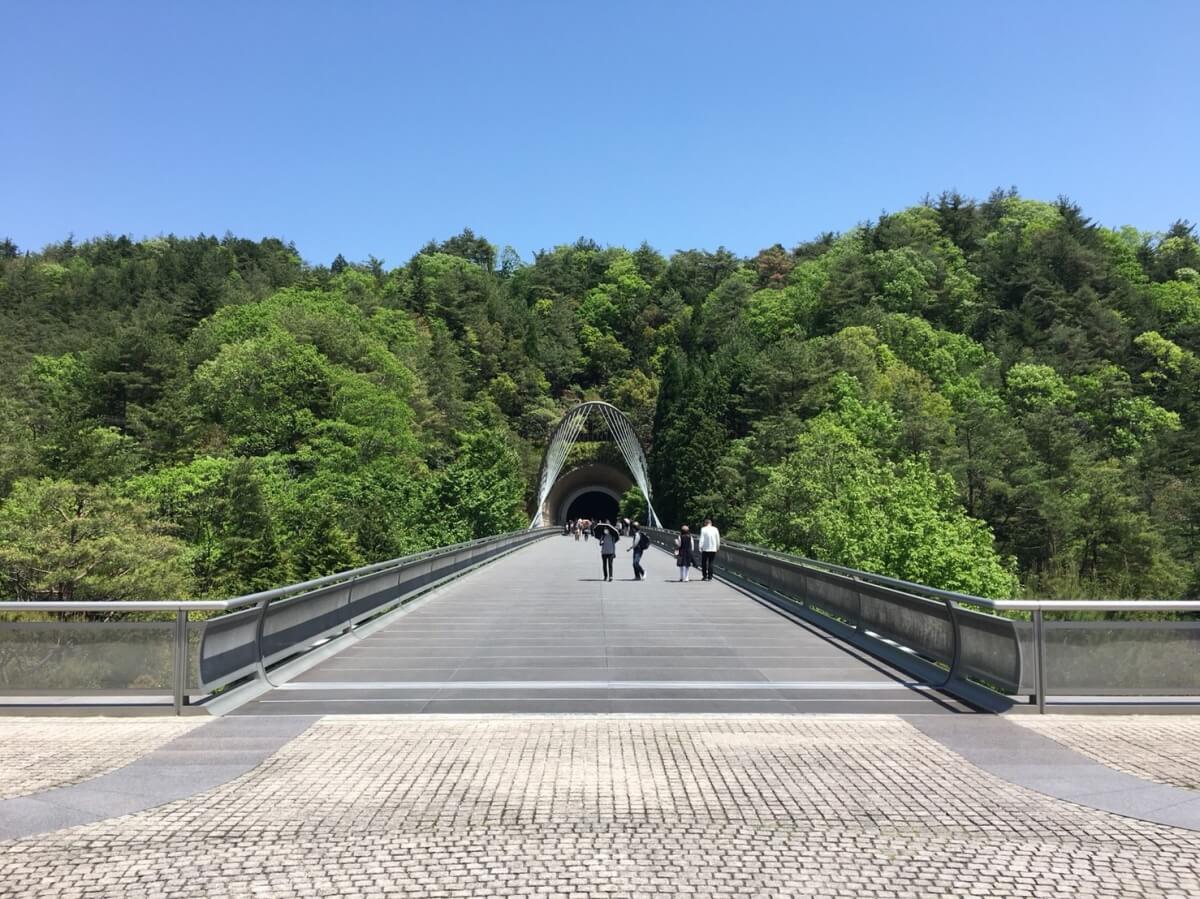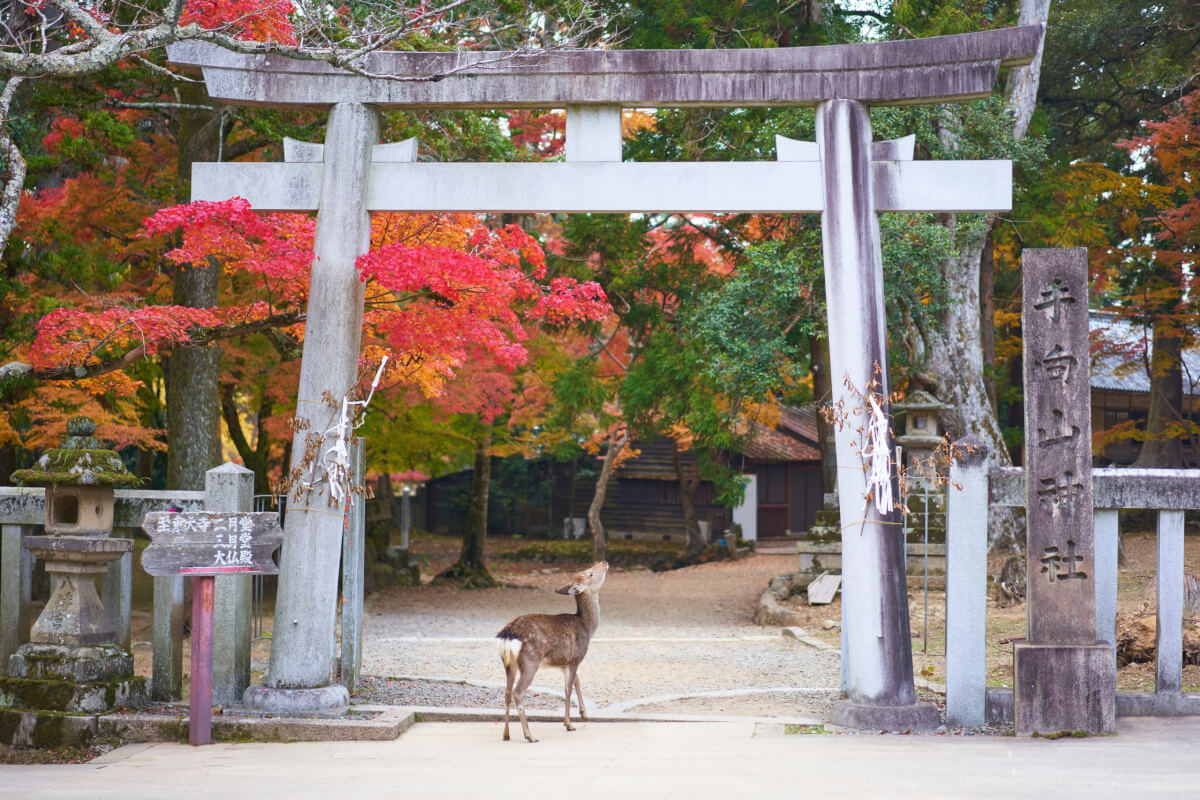Shiga Prefecture is located in the Kansai Region, east of Kyoto. Its capital is Otsu. The prefecture encircles Lake Biwako, which is the largest freshwater lake in Japan. Shiga is also famous for Hikone with its feudal castle and Omihachiman with its historical townscape. But Shiga offers much more. In this article, we present the 10 best places to visit in Shiga.
Other Places to Visit in Kansai
Hieizan Enryakuji
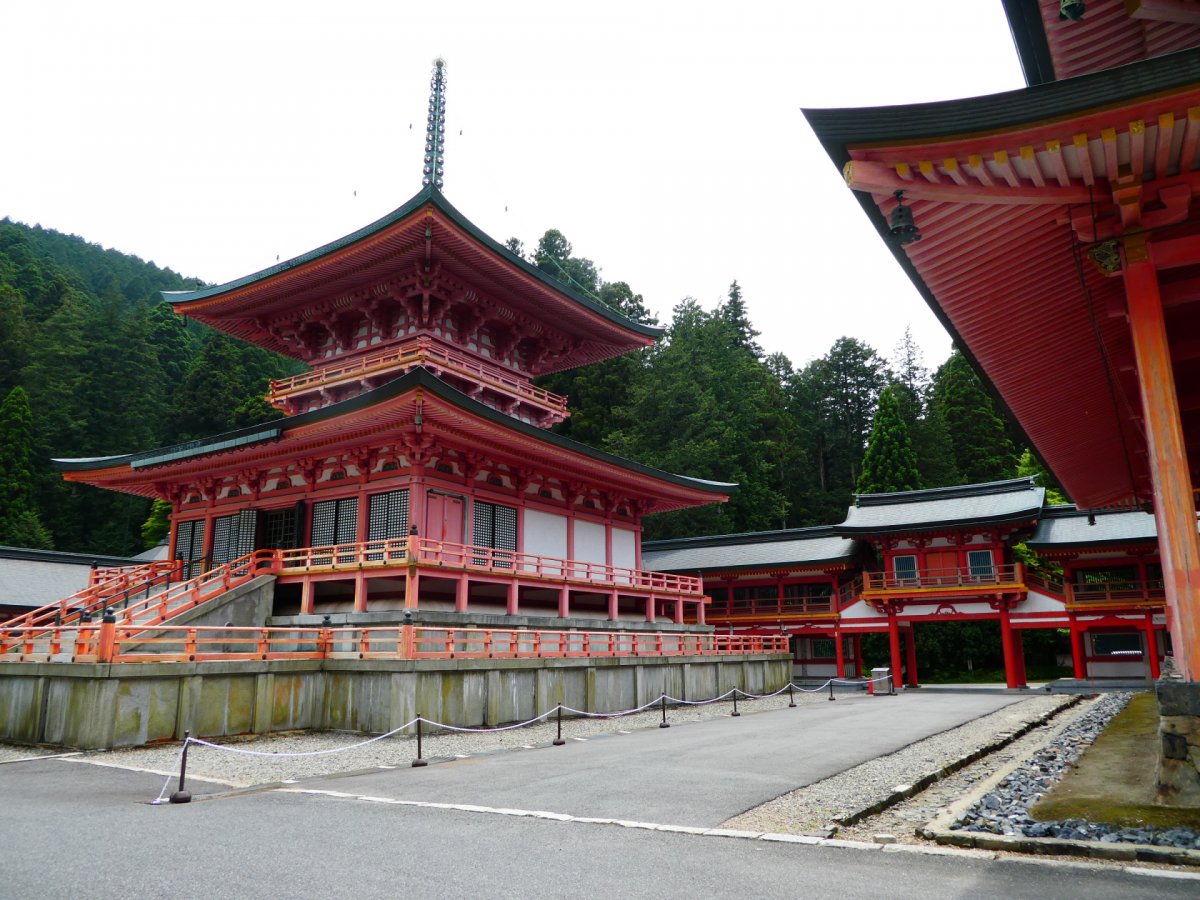
Mount Hieizan is the mountain range that lies on the border of Shiga and Kyoto Prefectures. Enryakuji Temple is one of the most important monasteries in Japanese history and the head temple of the Tendai Sect of Japanese Buddhism. Hieizan Enryakuji was registered as a World Cultural Heritage site in 1994 and as a Japan Heritage site in 2015.
Hieian Enryakuji is composed of several buildings. Konpon Chudo is a temple hall that was originally constructed by Saicho, who was the founder of Enryakuji Temple, in 788. The hall has been reconstructed several times over the centuries and with each rebuilding, it increased in scale. Its current form was completed in 1642.
Access
Mount Hieizan, where Enryakuji Temple is located, can be ascended from either the Kyoto side by Eizan Cablecar and ropeway or from the Shiga side by Sakamoto Cablecar.
To get to the Sakamoto Cablecar, take the JR Kosei Line from Kyoto Station to Hieizan-Sakamoto Station (about 15 minutes). From the station, walk 15 minutes to the lower station of the Sakamoto Cablecar.
Biwako Terrace
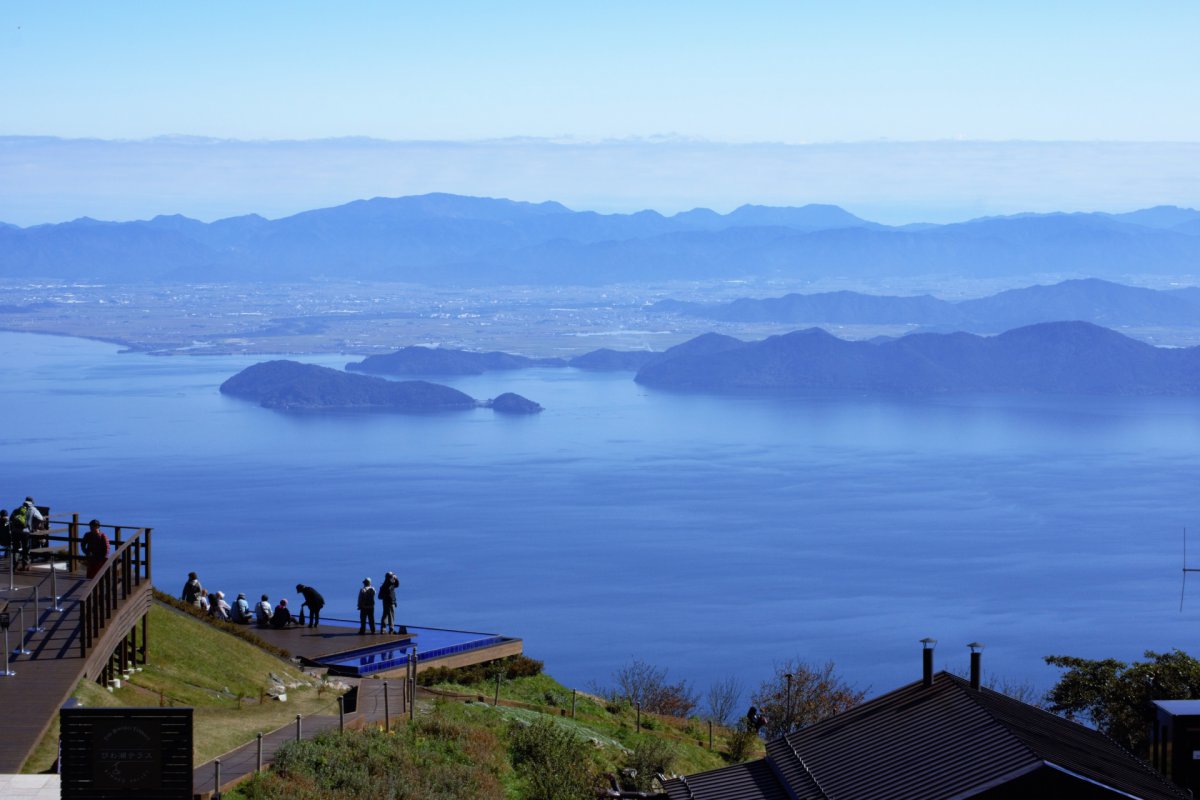
Lake Biwa is the largest lake in Japan located in Shiga Prefecture. Biwako Terrace in the southwest of Shiga Prefecture is a sophisticated resort sitting on Mount Uchimi and Mount Horai offering the breathtaking panorama of Lake Biwako to the north and south.
The attractions of Biwako Terrace include Terrace Café, which offers light meals and sweets made from local ingredients, and the restaurant Lake View which has a tasty lunch buffet.
Other popular attractions are the Zip Line Adventure, Sky Walker, sledding, sightseeing lift, a swing with a spectacular view of Lake Biwako, and handmade playground equipment for children.
In the winter season, the area is also popular as a ski ground that also offers a sledding trail, half pipe, snow park, and slalom and mogul trails.
Access
From JR Shiga Station, take a local bus that goes to Biwako Valley (about 10 minutes).
Hikone Castle
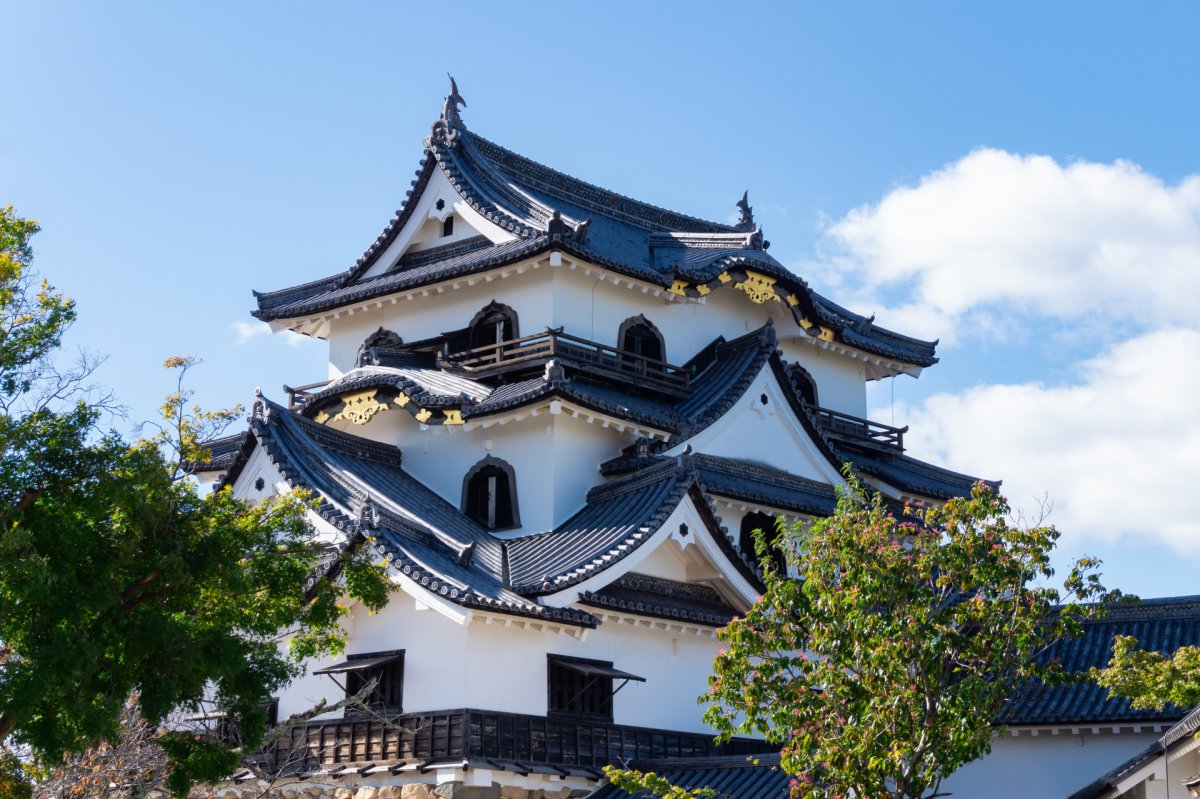
Its original keep was built in 1575 as part of Otsu Castle and was moved to Hikone in 1603. Other parts of the castle was moved from Hanagama Castle, and Hikone Castle was completed in 1622.
Hikone Castle is one of the 12 castles in Japan with the original keep and one of the five castles listed as a national treasure. Besides the castle’s main keep, most of the inner moats, walls, guard houses and gates also remain intact. The three storied castle keep is relatively small but exhibits an unique design which combines multiple different architecture style. The top floor of the main keep offers nice views over the castle grounds and the city.
The Hikone Castle Museum, which is located at the base of the castle hill displays the clan’s family treasures, including arms and armor, kimono, music instruments and documents.
Access
15 minute walk from JR Hikone Station.
Ishiyama Temple
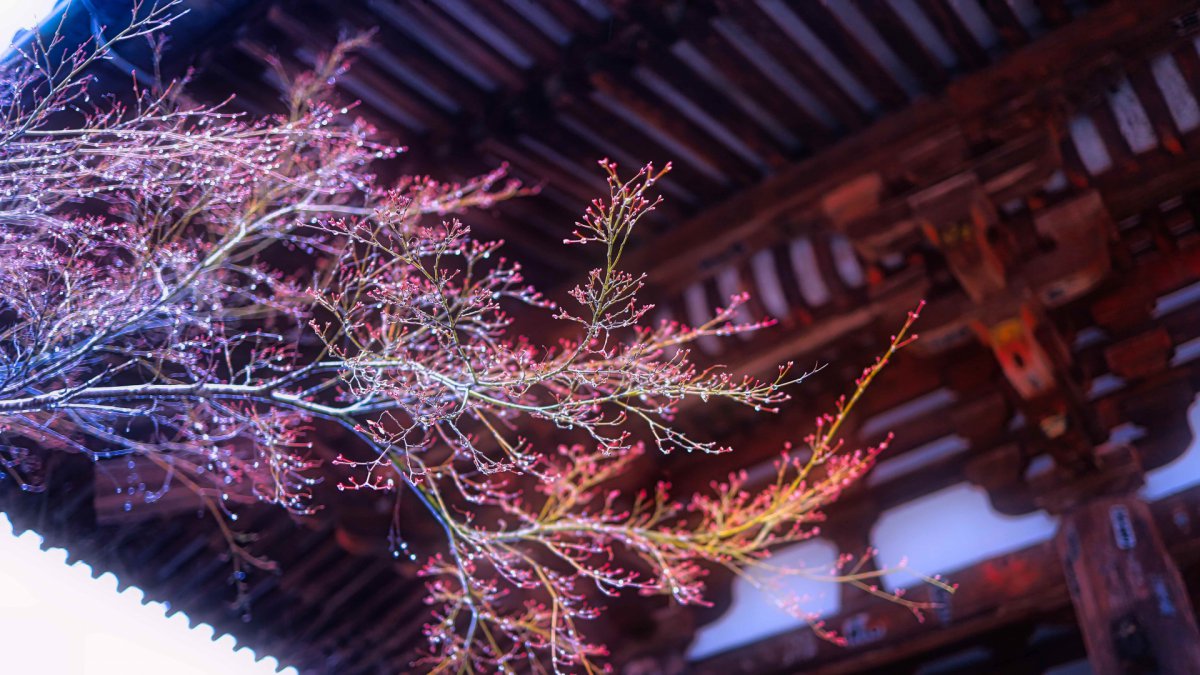
Located in Otsu City in Shiga Prefecture, Ishiyama Temple was constructed around 747 and is one of the 33 temples in the Kansai region making up a pilgrimage dedicated to Kannon, the Buddhist deity of mercy and compassion. The temple houses numbers of National Treasures and important works of religious art.
Along with Kiyomizu Temple and Hase Temple in Kyoto, Ishiyamadera Temple has long been a very sacred place and was also very popular among a number of Japanese authors and aristocrats. The temple is where a full moon inspired Murasaki Shikibu to begin writing “The Tale of Genji” in 1004 which is the very first novel in Japan. You can see her room and statue at the temple.
Access
From Kyoto Station, take the Keihan Ishiyama Sakamoto Line to Ishiyamadera Station. Walk 10 minutes.
Omihachiman
Omihachiman was a small castle town and developed as a commercial city built in 1585 on the ancient Nakasendo highway that ran to Tokyo from Kyoto. The city’s well preserved townscape with important traditional buildings is the popular tourist attraction.
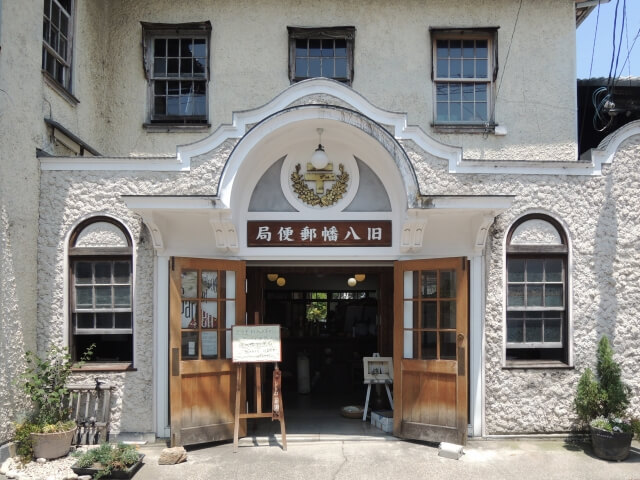
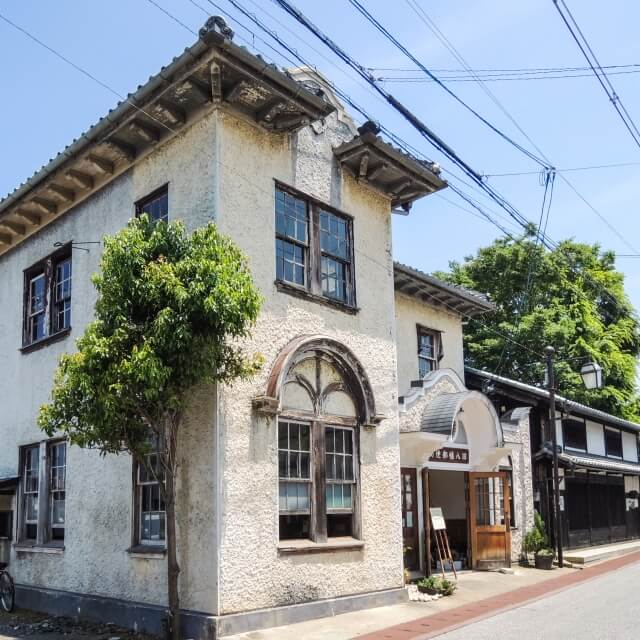
Shin-machi Dori Street is the area where you can visit the house of a rural wealthy merchant that was built in late-17th century, and Omihachiman City Museum. On Hachiman-bori, there are white-walled storehouses and 19th-century houses designed by William Viries, who was an American missionary and architect.
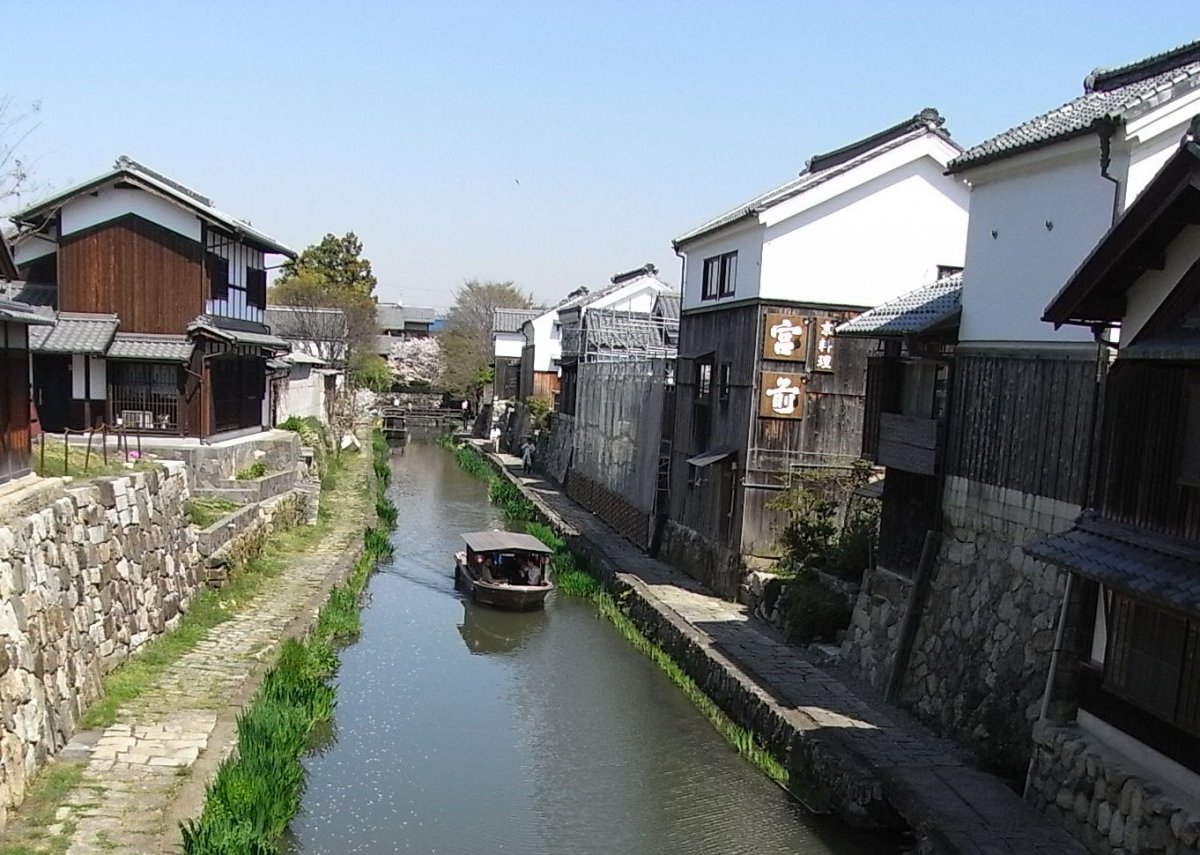
You can also enjoy the townscape on waterways. The Hachiman-bori Meguri (Hachiman Moat Tour) offers a tour with a traditional flat-bottomed boat for seeing the moats which were constructed during the second half of the 16th century. From the boat, you can enjoy sceneries of the moats, historical buildings, and seasonal flowers and greeneries. The boat ride lasts approximately 35 minutes.
Access
From Kyoto Station, take JR Shinkaisoku express train to Omihachiman Station (about 30 minutes). From Omihachiman Station, take a local bus to the old section of the town (about 10 minutes).
Taga Taisha Shrine
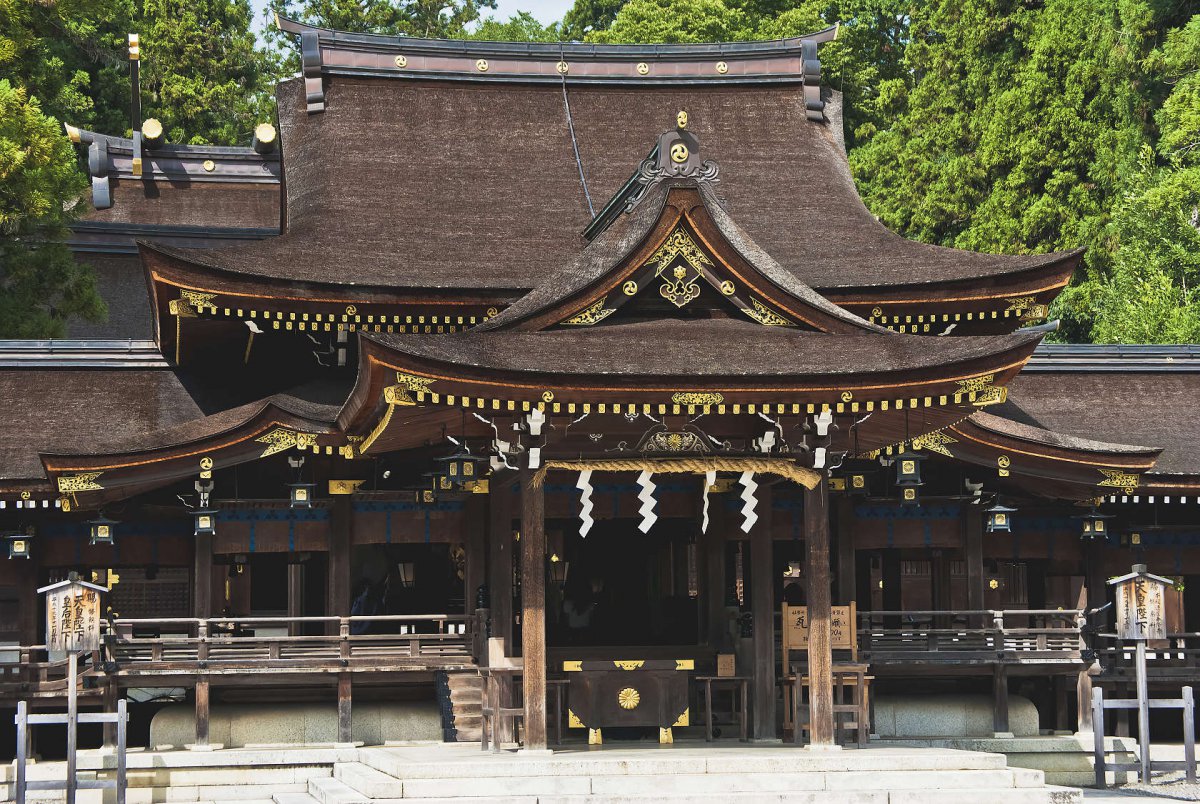
The history of Taga Taisha Shrine is so long that it was mentioned in Japan’s oldest historical written work which was created in 712. The shrine has been worshiped as a deity of long life and good relationships by people from all over the country. Today about 1.6 million people visit the shrine annually.
The street that runs from the large torii gate by the train station all the way to the shrine is lined with shops selling gifts and souvenirs and some restaurants.
Access
From Kyoto Station, take JR Tokaido Sanyo Main Line Express, get off at Maibara Station, then take Omi Line, get off at Taga Taisha-mae Station. Walk10 minutes.
La Collina
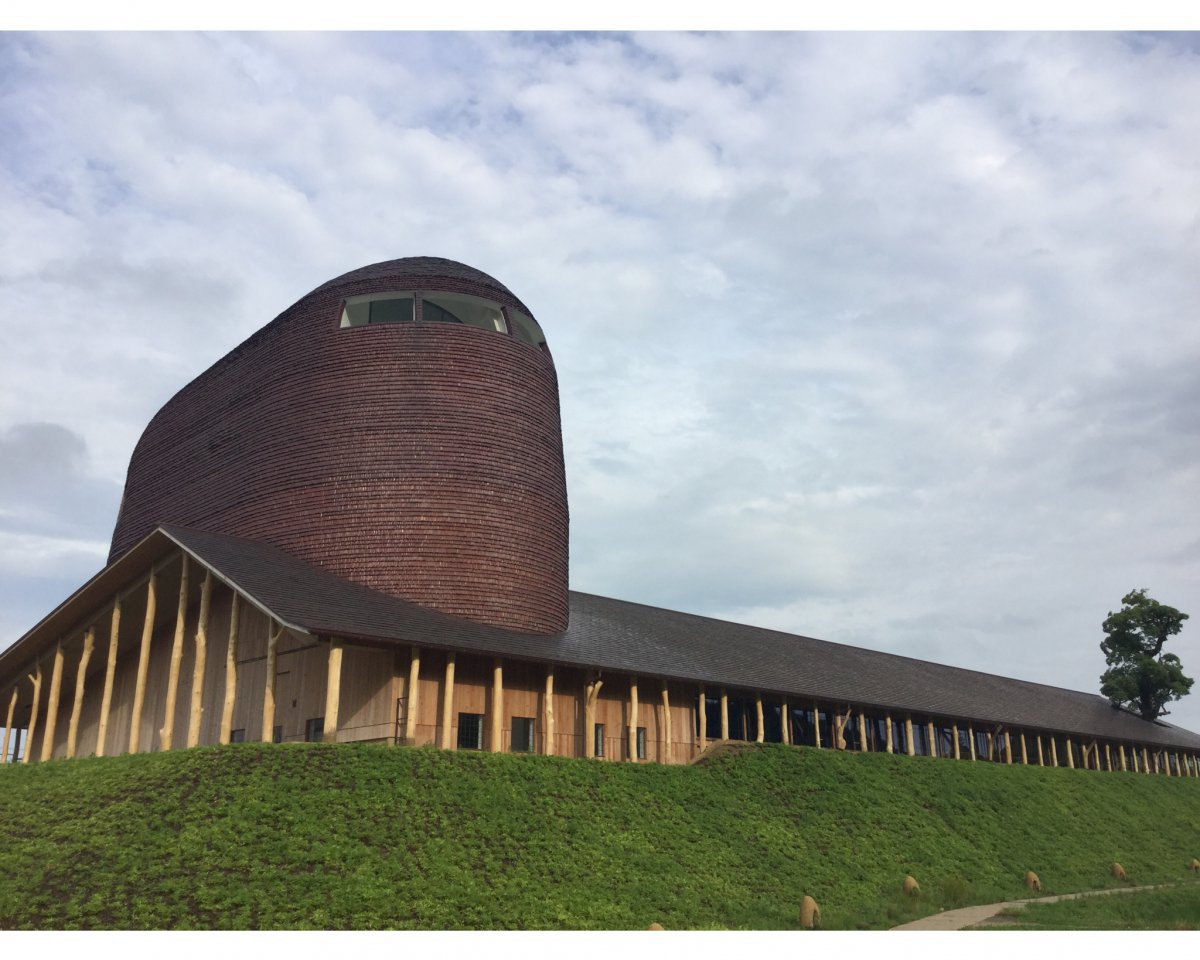


Located in Omihachiman, La Collina consists of a confectionary factory, cafes, restaurants, food court, shops and rice and vegetable farms. La Collina is owned by the Taneya group, who is a confectionary company and has been based in Omihachiman since 1872.
La Collina means “hill” in Italian, and its unique main building is one of the tourist attractions in Shiga Prefecture. It uses materials from local forests with grasses on its roof and wood on its wall. Designed by Terunobu Fujimori, La Collina was born in 2015.
The main building is mostly dedicated to the popular German pastry, baumkuchen. Inside the building, there are a factory where you can see the process of making the cakes, and a café where you can taste freshly baked cakes.
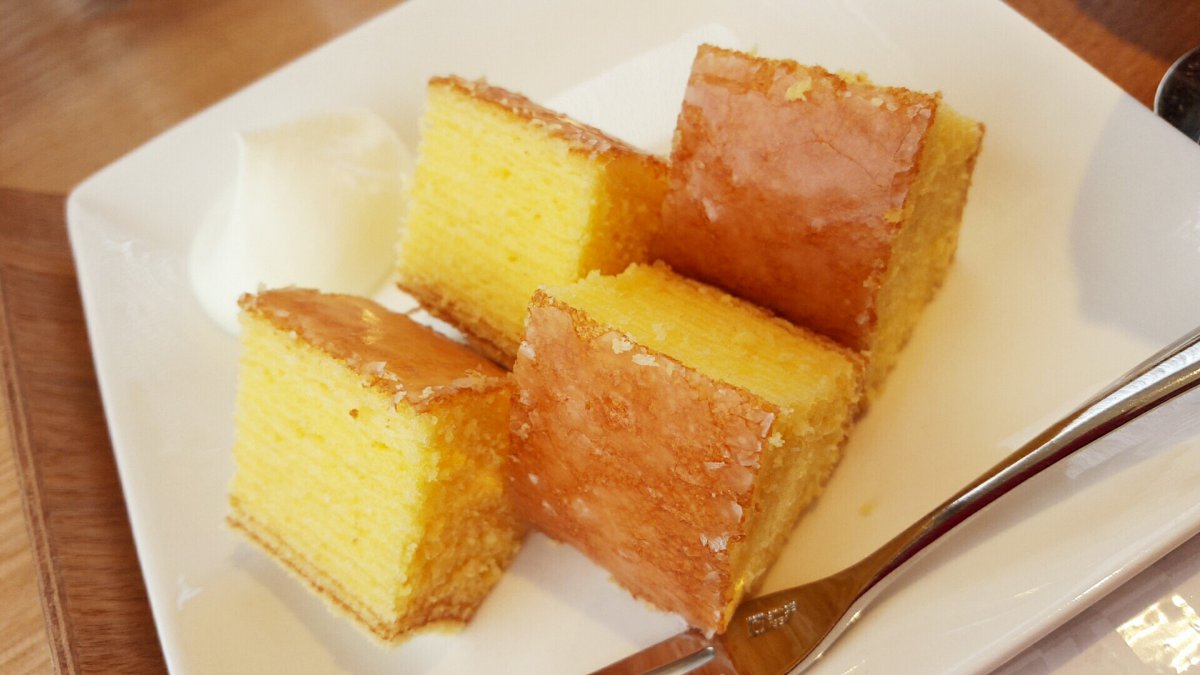
Access
Take a local bus from JR Omihachiman Station North Exit bus stop number 6 and get off at Kitanosho La Collina Mae bus stop (about 10 minutes).
Miho Museum
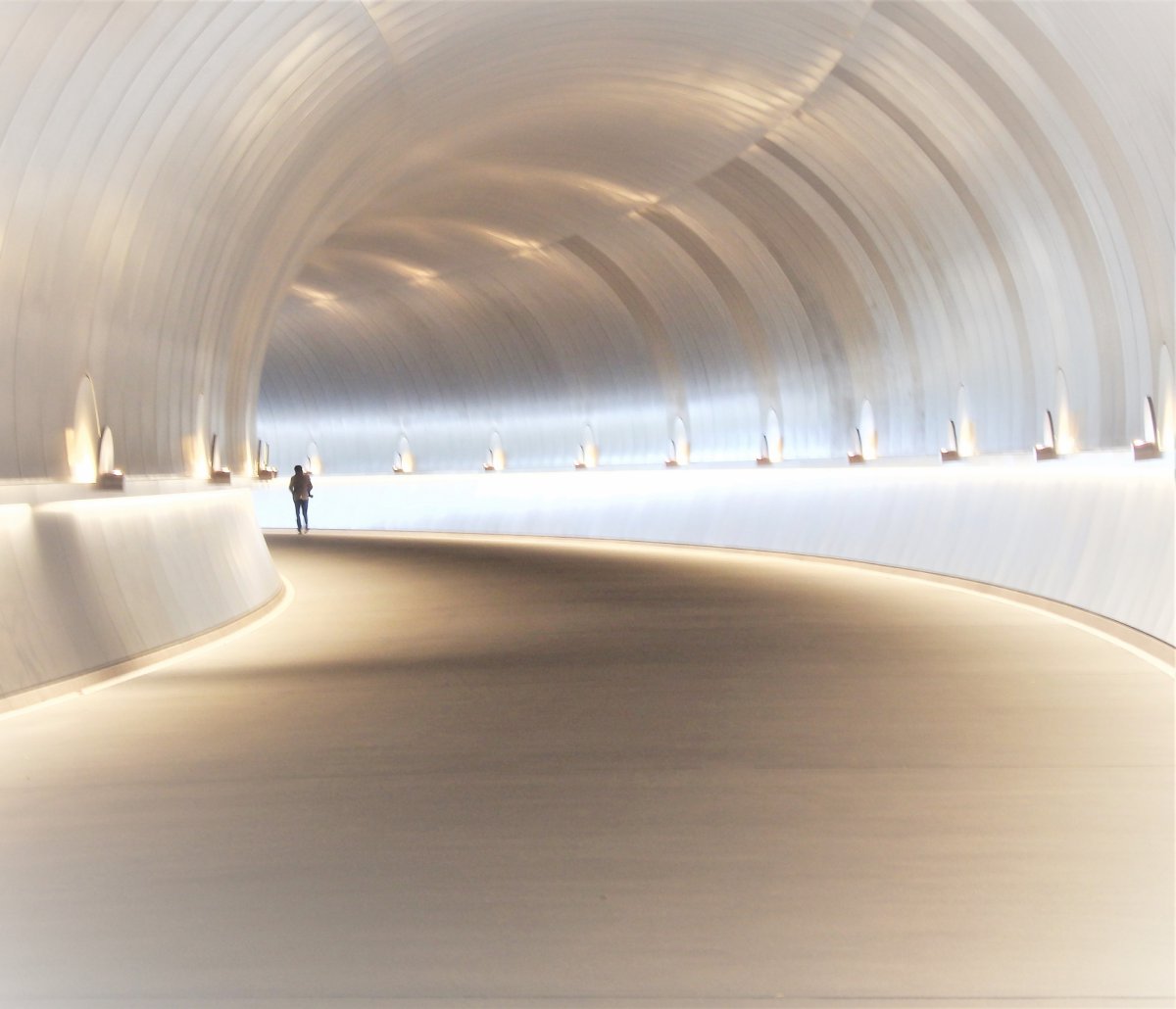
The museum was opened in 1997 amid the abundant natural beauty of the mountains of Shigaraki. It is named after Koyama Mihoko (1910-2003), who was the founder of the museum.
The approach to the museum was designed by architect I.M. Pei, who is renowned for works such as the glass pyramid at the Louvre in Paris. You walk down the walkway surrounded by cherry trees and pass through a tunnel and over a bridge before arriving at the museum.
The exhibitions of the museum includes a wide range of Japanese art, along with ancient art from areas such as Egypt, Western Asia, Greece, Rome, Southern Asia and China.
Access
From JR Kyoto Station, take JR Tokaido Line to Ishiyama Station (about 15 minutes), then take Teisan bus number 150 to the Miho Museum (about 50 minutes).
You can check the detail access from here;
Tanuki Village
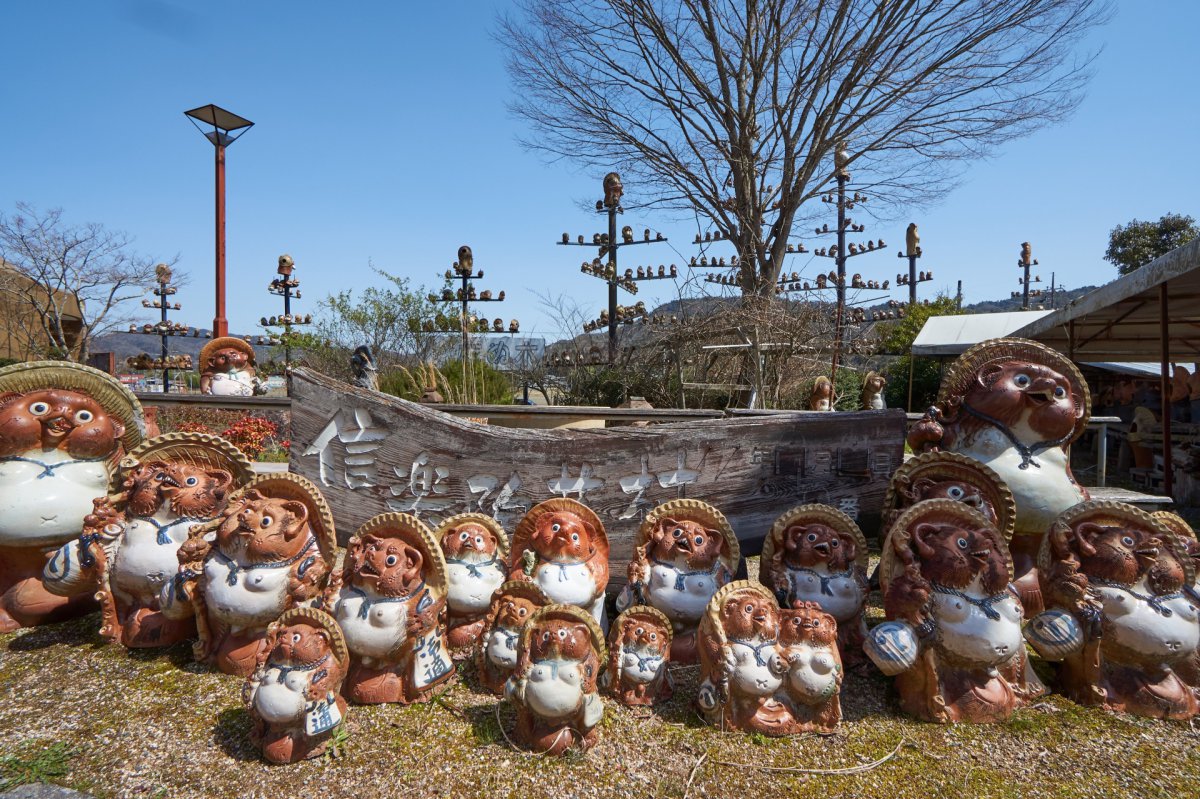
Shigaraki is a small town known for pottery. The town is dotted with workshops, galleries, and pottery sellers for Shigaraki pottery. Tanuki Village is one of the workshops for the pottery along with restaurants and shops. You can also experience making your own Shigaraki pottery.
Shigaraki pottery is especially famous for Tanuki (raccoon dog) figurines, which can be found in front of houses, shops and restaurants all over Japan. At Tanuki Village, you are welcomed by as many as 10,000 large and small Tanuki figurines.
Access
From Kyoto Station, take JR Tokaido Main Line bound for Takushoku, get off at Kibukawa Station, then take Shigaraki Kogen Tetsudo bound for Shigaraki, get off at Kumoi Station.
Ukimido
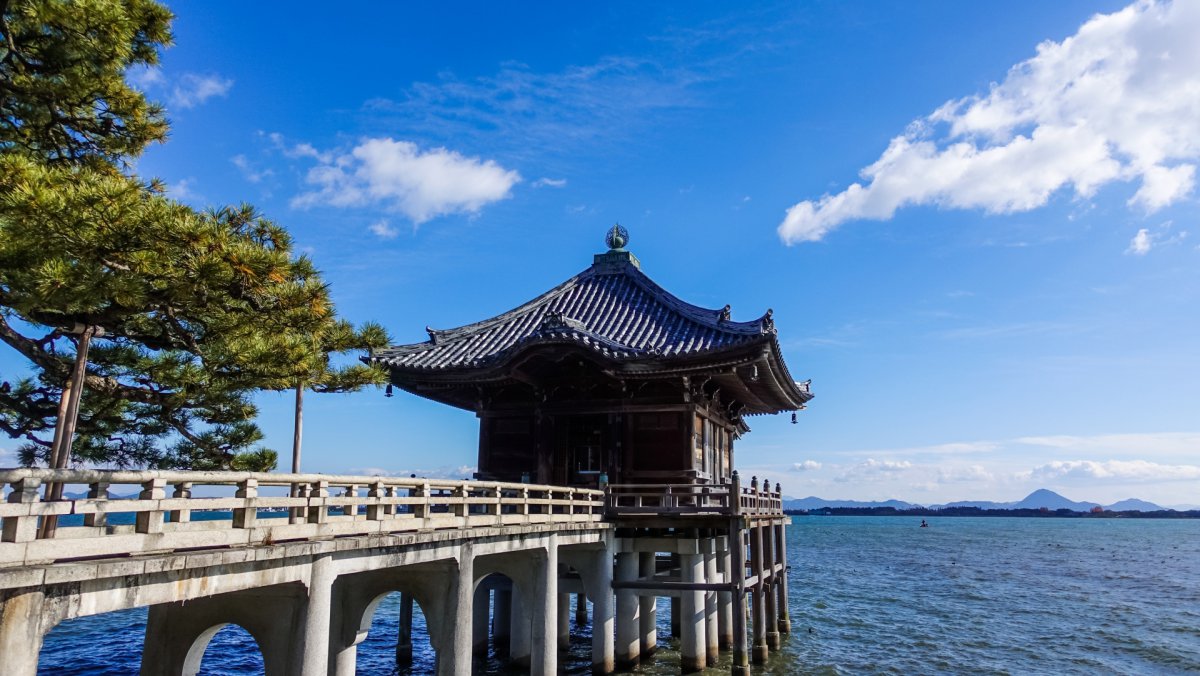
Ukimido, located by the shore of Lake Biwako, is also known as the “floating temple hall” at Mangetsuji Temple. It is famous for being featured as one of the Eight Views of Omi, and have been loved by a number of Japanese famous poets and writers. The current building is a recreation of what was constructed in 1937.
The Kannondo hall in the temple ground houses a statue of Sho Kannon, which is an Important Cultural Property.
Access
From Kyoto Station, take JR Kosai Line bound for Omimaiko, get off at Takaka Station (about 25 minutes). Walk 5 minutes.
Where to stay in Shiga
Rakuten STAY HOUSE × WILLSTYLE Hachimanbori/ Vacation STAY ― A holiday home in Omihachiman where you can stay comfortably during your Shiga trip.
Inase Otsu Machiya Bed and Breakfast ― Renovated the old residence and rice store as the guest house, you can enjoy the nostalgic atmosphere! Friendly staffs and delicious Japanese breakfast, this place will make your stay unique and special one.
Biwako Hanakaido ―Traditional Ryokan with hot spring bathes, you can also enjoy Kaiseki multi-course dinner to get a whole experience of Ryokan!
Popular tours in Shiga
How did you think about Shiga? The prefecture offers beautiful and interesting attractions. With convenient public transportation from Kyoto, there are many places worth visit in Shiga.
More travel destinations near Shiga
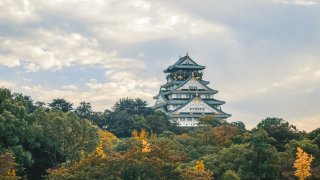
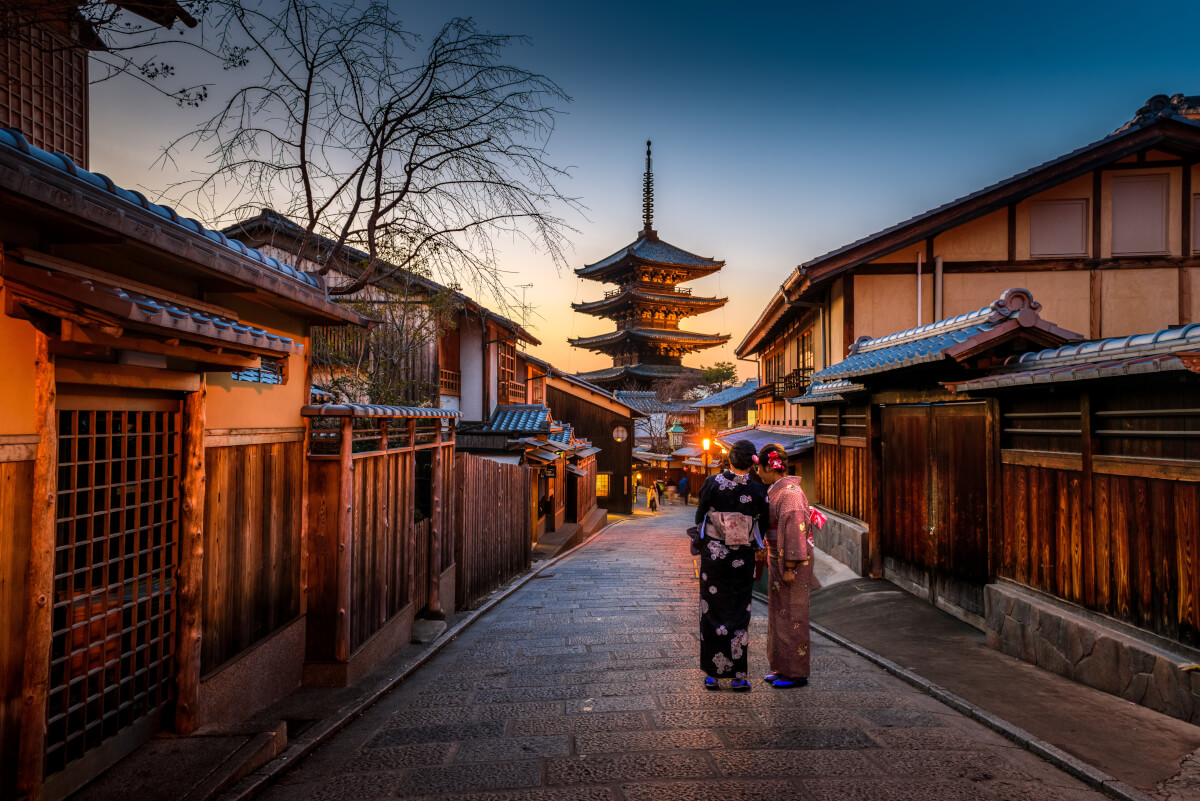
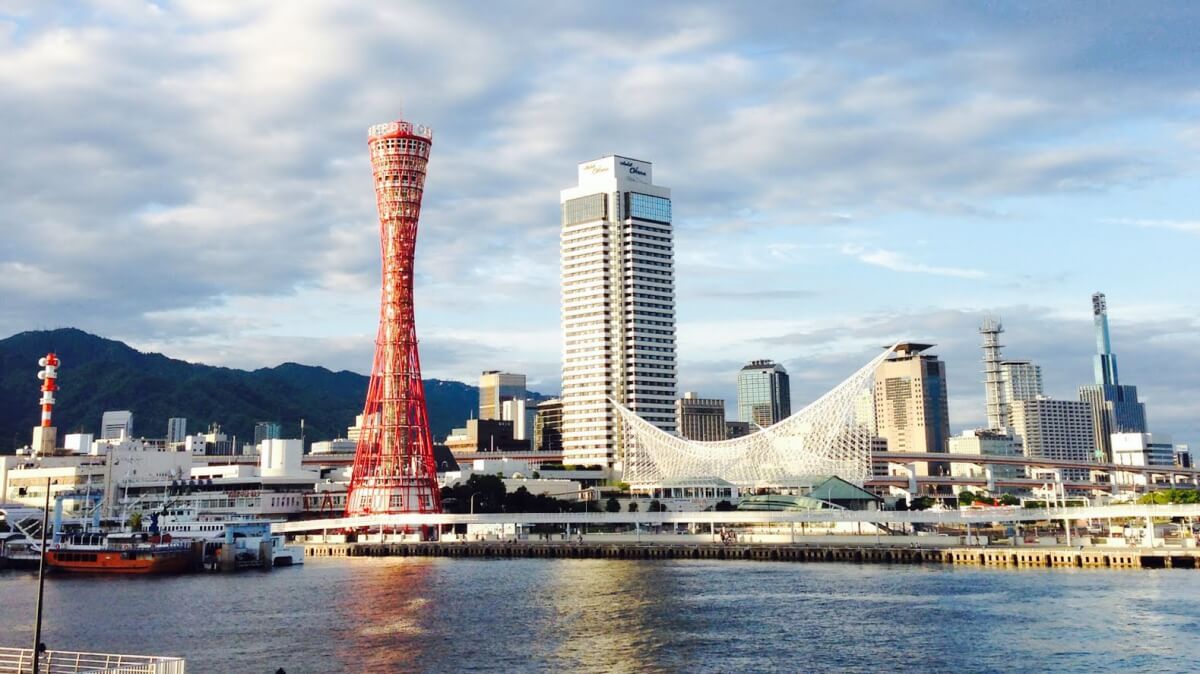

Follow us on Instagram or Facebook for more travel inspiration. Or tag us to get featured!
Happy travelling!
This post may contain some affiliate links. When you click through and make a purchase we may receive some commission, at no extra costs to you
